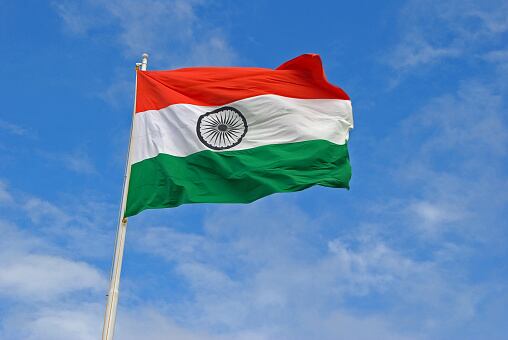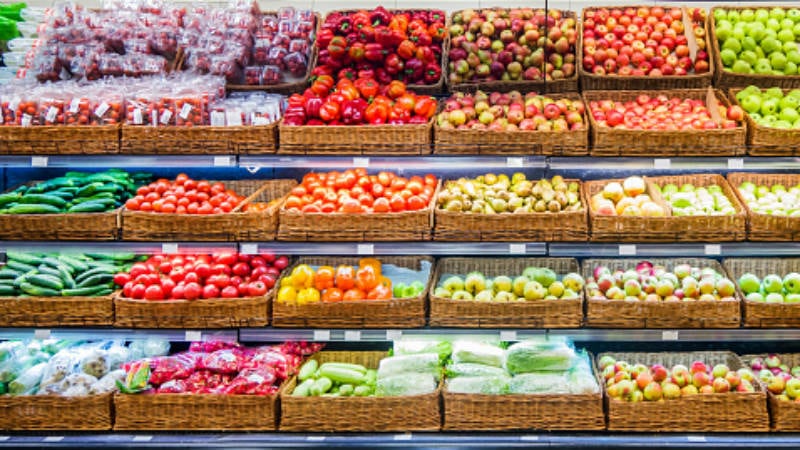Export restrictions emerged as a top concern during the recent COVID-19 pandemic outbreak when countries such as Vietnam and Cambodia elected to implement such protectionist measures and ban rice exports temporarily for fear that local supply would run out.
This lasted for no more than a month or two at the time, but FAO Senior Economist David Dawe believes that the rice market ‘got lucky’ this time with the timing and available rice supply – but that there is a very real risk if such restrictions are commonplace, especially during a crisis.
“This time around when the restrictions were implemented, harvests were high and big rice importers like the Philippines said they did not need large amounts during the month that Vietnam put the ban in place so we did not see large ramifications,” he told FoodNavigator-Asia.
“But if we look back at the 2007/2008 food price crisis when there was a lot of panic-buying [and also trade restrictions] so the impacts were exacerbated. The trade restrictions con contributed significantly to price spikes for various commodities (45% for rice and 30% for wheat), leading to social unrest in many countries.”
Although export restrictions may be a knee-jerk reaction to a crisis, Dawe also emphasised that in the long run, this sort of policy is highly likely to hurt the countries implementing these instead, particularly local producers and traders.
“The main reason countries would choose to implement such restrictions would be to help ensure ample domestic supply – and yes if we look at it narrowly, it works in the short run, but in the long run the costs are significant,” he said.
“Firstly, this will bring down the domestic prices of the commodity, rice in this case, and hurt local farmers. Second, it will benefit competitors on international markets by giving others a chance to steal market share.
“Third and longest-lasting, this would hurt the exporter’s reputation as all countries that normally buy from it would think twice about that trade – if you’re always going to react this way in a crisis, buyers will feel they need to be self-sufficient instead and move away from not only your business but also other exporters’ business. Because honestly, who wants to work with a supplier that might just cut them off suddenly?”
Rice was the main commodity caught in the middle of the situation this time around, and Dawe added that rice is uniquely positioned in a way that it is more at risk than most other commodities to such bans, due to its ‘concentration ratio’.
“The top five rice producers in the world produce 80% of all global exports – this means that the concentration ratio for rice is much higher than most other commodities like eggs, sugar or wheat which are more like 60%,” he said.
“In addition, the demand for rice especially in Asia is quite insensitive to price, as it is the most important source of calories for people there and especially poor populations. Whereas for other commodities, people are more willing to use substitutes if prices go up, e.g. interchanging wheat for maize or soybeans, or eggs for other sources of protein. This makes these more price sensitive, and hence less likely to result in any panic if restrictions are placed on them.”
Major effects on the poor
The main communities to suffer from any sort of export restrictions will inadvertently end up being the poor, especially when it comes to rice as such a major staple – not just in terms of being able to afford its purchase, but also from a nutritional point of view if alternatives need to be sought out.
“Asian countries have been growing richer over the past five decades, which has made the demand for rice more price insensitive than ever before as they can now afford to buy at higher prices,” said Dawe.
“There is of course the risk that poor communities will eventually end up being unable to buy rice solely due to the price, and this is likely to be exacerbated by shortfalls in supply if export restrictions are put in place – but even before that, what is likely to happen is severe malnutrition.
“If prices go up too much, these people will be forced to spend more on rice and less on other things like eggs or meat, especially in these times where many have lost their source of income – this means they will be giving up foods with proteins and micronutrients that could affect them at key developmental stages.”
He cited a case study from Indonesia during the financial crisis in 1998 where rice prices skyrocketed, and a survey of pregnant mothers and young children during that time saw severe declines in blood haemoglobin levels as a result.
“Thankfully this did not happen this time around – but from a theoretical point of view, if prices went up again for any reason including export restrictions by key countries, it is likely to happen again,” he said.
Interestingly, the fact that Asian countries have been steadily growing richer has also brought with it the unexpected ‘side effect’ of the ability to hoard.
“The continued growth in wealth is dangerous in a sense as it has helped to fuel what we call speculative demand – for example, so many people in Asia tried to hoard rice during the COVID-19 crisis, and supply chains were definitely not equipped to deal with such a surge in demand,” said Dawe.
Moving forward
The COVID-19 crisis may have left negative impacts on many countries in a direct sense, but Dawe added that some of the worst-hit places economically have been those with none or few cases, such as in the Pacific.
“Countries in the Pacific are vulnerable due to their remote location and also their high dependence on tourism – it’s ironic how badly they have been hit due to this being cut despite barely being directly affected by the virus,” he said.
“Poor countries in general have also been the worst-hit – if you’re in the US or EU and you lose your job, there are stimulus cheques to help tide you over, but not so in these poorer countries such as South Asia, where they try to give social protection by government budgets are just limited.”
To build resilience and minimise the impacts of such crises on food supply chains in the future, he also called for governments to focus on science, technology and the right policies moving forward.
“My main message would be to take a holistic systems approach to making food systems more resilient – invest in science and technology, focus on education and economic growth and social protection. The more educated and richer people are, the more resilient they are to handling crises,” he said.
“Science and technology also need to be backed up by good policies, as having lots of blocks in the systems will do no good – the most beneficial technology can bring much fewer benefits if there are no benefits for people to adopt these.”





